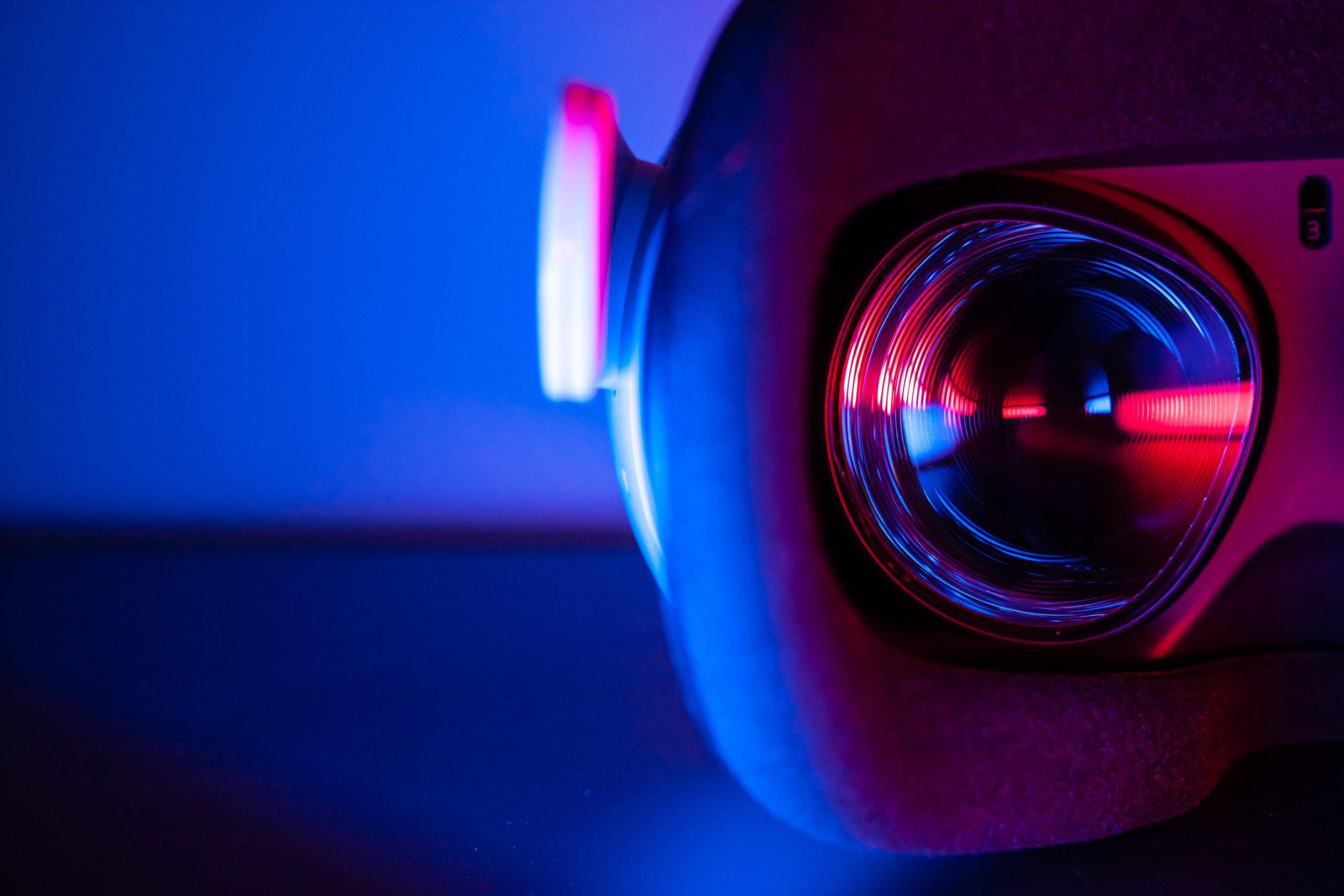
The demand for virtual education has surged in recent years. In part, this has been driven by advances in VR technologies, but the circumstances of COVID-19 and the need for uninterrupted education has directed many schools towards virtual solutions as it’s widely acknowledged that a hybrid plan, if not a completely virtual plan, is needed. What’s often overlooked in these analyses are the actual preferences and preparedness of the students who are at the center of this educational trend.
Working adults have seemingly embraced the hybrid model according to many polls. This recent poll by McKinsey shows that only a small minority want to return fully to the office and, in fact, globally a majority of people want the majority of their working days to be performed remotely. The popularity of this trend may stem from practical concerns such as having the flexibility to care for one’s family while avoiding the time and expense of a long commute, but young students generally don’t share these responsibilities and won’t relate to these concerns. Additionally, adults who regularly attended meetings in their office often don’t find Zoom meetings to be qualitatively different, but your average student will almost certainly feel like their missing out on the school a campus/classroom experience.
When in-person classes become untenable, teachers cannot simply share a Zoom link with their students and expect it to be a reasonable substitute, which is why we need to find solutions that speak to the experience of youth culture and enable an improved classroom experience (at least over video conference calls) that allows for embodied interactions with their peers and teachers. In my opinion, that solution is exporting parts of education to virtual worlds, especially virtual worlds found in VR.
Virtual Worlds aren’t a phenomenon that sprung from the recent, widespread adoption of VR headsets. While some arrived concurrently, there are other virtual worlds that arrived much earlier. Three popular virtual worlds, each with valuations in the billions of dollars and nine-figure player numbers, which are still ubiquitous amongst young students are Fortnite, Minecraft, and Roblox. While Fortnite may have begun as a battle royale game, it has expanded its scope to become and event space, creative space, social hub, and venue for team building. Minecraft and Roblox are also known for having creative communities which are as prolific as they are young, and they provide some children with a steady income as they craft and create digital goods that they sell for real-world money on the marketplace. These virtual worlds have provided young people with a thriving social network, creative outlets, an in-game culture, and money-making opportunities. If this much social and economic engagement is already happening in virtual worlds, bringing education into those virtual spaces is a natural outcome.
As any technologist knows, the success or failure of a new technology isn’t always a consequence of its inherent utility, but it’s often the result of timing, i.e. Are people ready for it? To understand the timing of virtual worlds, let’s take the example of Club Penguin, which is a virtual world created for children (8-12 years old). In 2013, this virtual platform had 200 million registered users; they were adapting to engagement in digital spaces while the experience become normalized across their generation. Presumably, many of those children moved on from Club Penguin, perhaps to virtual worlds more suited to their demographic. Now, it’s the year 2021, and many of those primary-school children playing Club Penguin in 2013 are now in high school preparing for university. By now, nearly all college-age students have visited a virtual world, and many have been regularly using virtual worlds for most of their lives. Either by design or circumstance, the generation heading to university now has been preparing their entire lives for a virtual-world education platforms thanks to the entertainment platforms that came before.
Accessing virtual world for education through VR headsets could only make the educational experience more enriching. As students, you’re immersed in environments seeped in history or science; language students can participate in a virtual class and apply their knowledge through role playing in virtual environments. Even more, Virtual Reality gives you the sense of presence that exceeds flatscreen experiences and video conferencing, allowing you to have more natural and enjoyable interactions within a shared space. If you’re a teacher or school administrator who want to learn more about bringing XR and virtual worlds to your school, please contact us through our website or LinkedIn.
Created By Euphoria XR | Privacy Policy | VEDX Code of Conduct | Sitemap | Contact Us